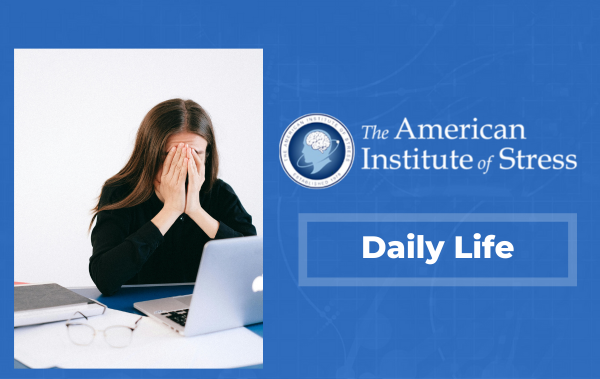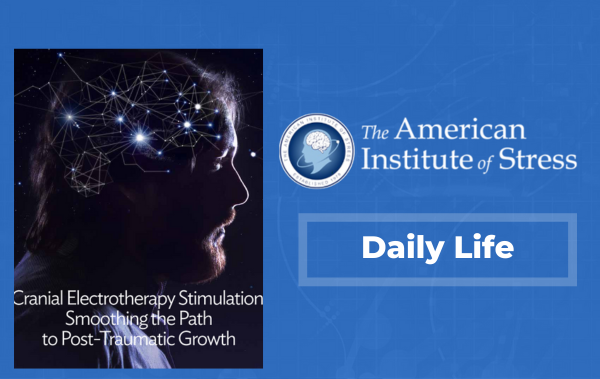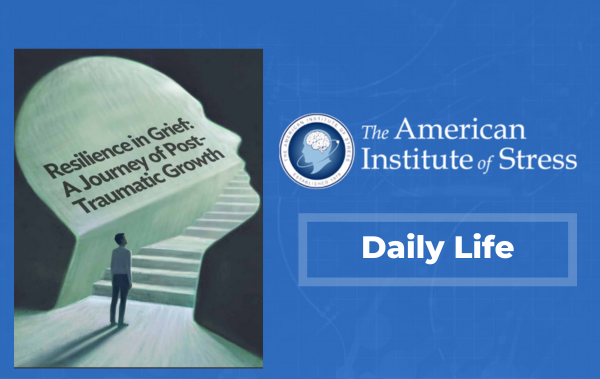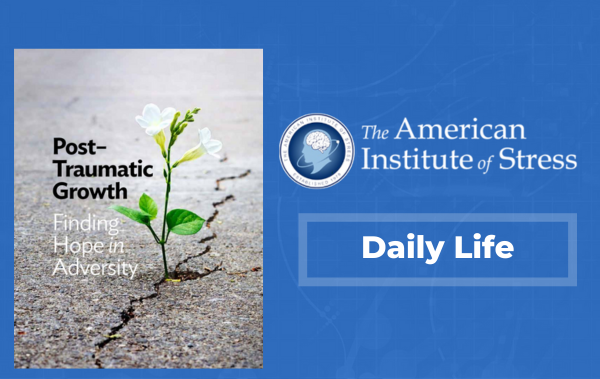
The kindest act you can perform for a person is empowering him to face, endure and overcome life’s challenges. Inspiring hope can ease one’s journey through any terrain no matter how steep.
Why is Hope so important? The importance of hope in emotional health
With the tidal wave of baby-boomers landing on the shore of their golden years, their caretakers will need to be equipped with mindsets to help offset the emotional challenges that aging can bring. One of the most influential psychoanalysts of the 20th century, Dr. Erik Erikson, proposed that after 65, one may interpret their life with either integrity or despair. Those who feel integrity look back with a general feeling of satisfaction and few regrets. However, those who feel they wasted their life may experience despair. The hope that you provide for them can tip the scales toward integrity. According to Erikson, “Hope is both the earliest and the most indispensable virtue inherent in the state of being alive. If life is to be sustained, hope must remain, even where confidence is wounded, trust impaired”.
The importance of hope in physical health
Giving hope speeds healing and recovery. According to former US Surgeon General, C. Everett Coop, MD, “a patient’s faith can help him or her keep a positive outlook and even abet [aid], the healing process” (2012). Dr. Coop lived to be 96 years old.
Bedside manners matter! After reviewing 18,753 citations, an American Medical Association study advised that “clinicians should be prepared to talk with their patients about the role that a meditation program could have in addressing psychological stress”.
Take it to heart. Another major study concluded that reducing stress was particularly important to those with a cardiovascular condition. (Kevin W Chen, MPH, Ph.D, 2012)
Time AND Kindness Heal wounds. Numerous medical studies have revealed that pre-operative distress influences postoperative outcomes and delays in recovery. (Raghavendra M Rao, H R Nagendra, […], and B. S. Srinath). Well-controlled studies demonstrate that physical wounds heal significantly faster in relaxed versus stressed patients.
Why hope so important for the holidays. The greatest spikes of cardiac and non-cardiac incidences occur on Christmas Day, the day after Christmas, and on New Year’s Day according to David Phillips, Ph.D., (2004). The need to provide hope during the holidays is greater than any other time of the year.
How to project hope. A relaxed, smiling and calm demeanor projects hope. April Wilson, a former Emergency Room nurse at Duke University shared the fact that “Calm-Breeds-Calm.” Mrs. Wilson shared this following quote as a stabilizing force for both patients and professionals during emergency situations: “Now faith is the substance of things hoped for, the evidence of things not seen.“ Hebrews 11:1 Dr. Craven Williams, asserts that being totally “with” a person, even silently, fully in the present, is very powerful and comforting. Breathing WITH the person can increase your calming connection with a person you are comforting, according to Rev. Susan Sherard. (9-10-2014) Dr. Kathi Kemper, MD, in her excellent article, Healing, Basic Requirements and Physical Preparation (Natural Triad, p 8, Oct. 2014) highlights mental focus as an indispensable skill in facilitating healing. Dr. Kemper describes mental focus as “the ability to remain centered while attending to another’s changing needs” as a very important quality in healing.
The ABC’s of providing healing hope.
The following ABC’s are healthy Attitudes, Breathing and Choices one can cultivate to remain calm and focused when helping others.
ATTITUDE
•Know thyself. Take the 20 item Positivity Self-Test at www.PositivityRatio.com. This test was developed by well known “Positivity” writer, and distinguished UNC-Chapel Hill Professor, Dr. Barbara L. Fredrickson. Have someone who knows you anonymously rate you on the Positivity Self-Test. Is your score and the other score a match?
• The world-renowned Dr. Andrew Weil suggests repeating to yourself “I AM AT PEACE”.
• Google the term, “positive thinking month”, then click on the word “images”. There, you will find hundreds of ready-to-print positive quotes embedded in beautiful photos. Each image can This vast collection of high-quality photos is ideal for anyone who leads others to a better way of thinking.
• Remember that peaceful acceptance sustains happiness.
BREATHING
A five-minute relaxation breathing exercise is offered by Kevin Haggerty. Mr. Haggerty advises in his course, The Art and Science of Meditation, that even two minutes of mindful breathing can be of benefit (October 2014). Basically, just pay attention to the gentle rise and fall of your breath. Be mindful of each inhale and exhale. But, be patient. Training your attention span is a lot like training an eager, but the overactive puppy, to “sit and stay” in one place. With enough practice, you can train your brain to pay attention to what you are doing in the now.
CHOICES
Choose to improve your surroundings. Enjoy “pleasant-present”. Take Benjamin Franklin’s advice to “face the sun”. Remember that laughter is good medicine. Keep an informal gratitude journal, and keep your “whine list “separate from your gratitude journal. And finally, choose to trust the calmness of strangers. When able, provide kindness to strangers, for what your project will reflect back on you.
Written Ron Rubenzer, PhD, a former school psychologist. Fellow of The American Institute of Stress
Having earned his doctorate and two master’s degrees at Columbia University, Dr. Rubenzer is the author of How to Best Handle Stress. Visit www.drrubenzer.com for more information.





